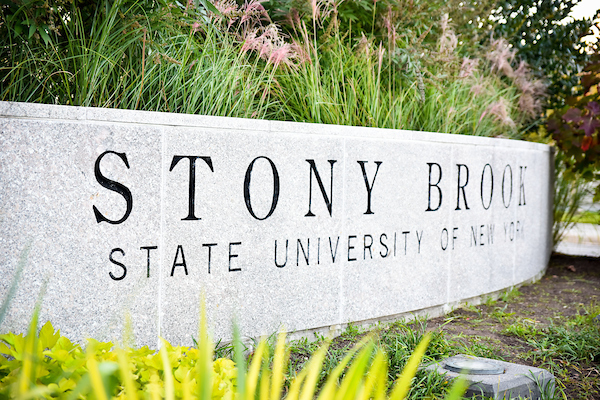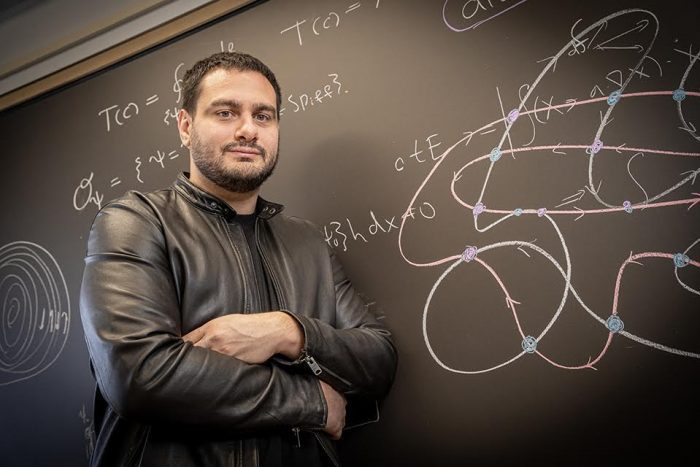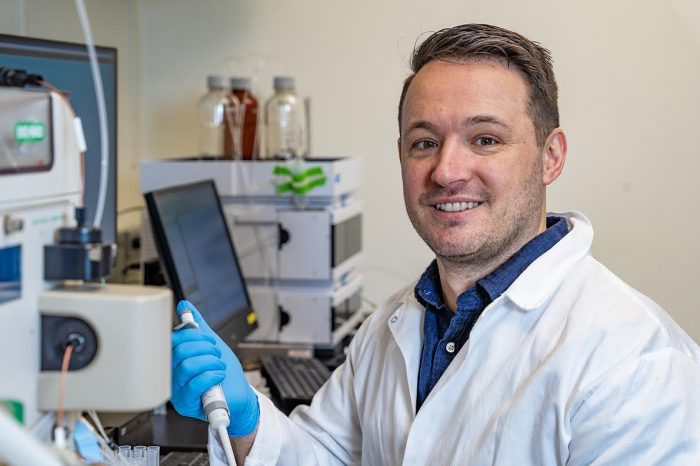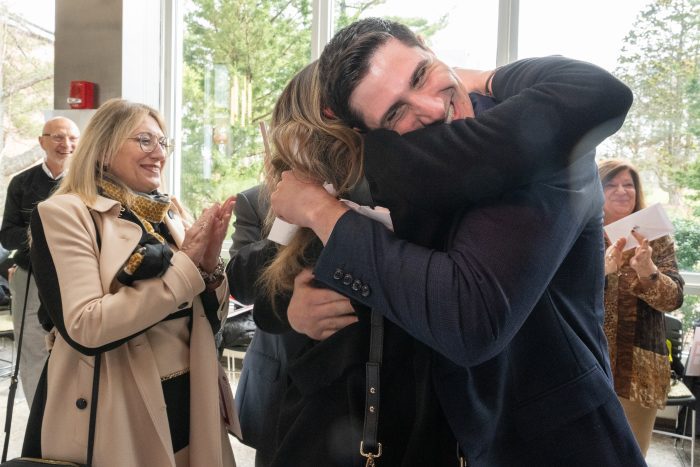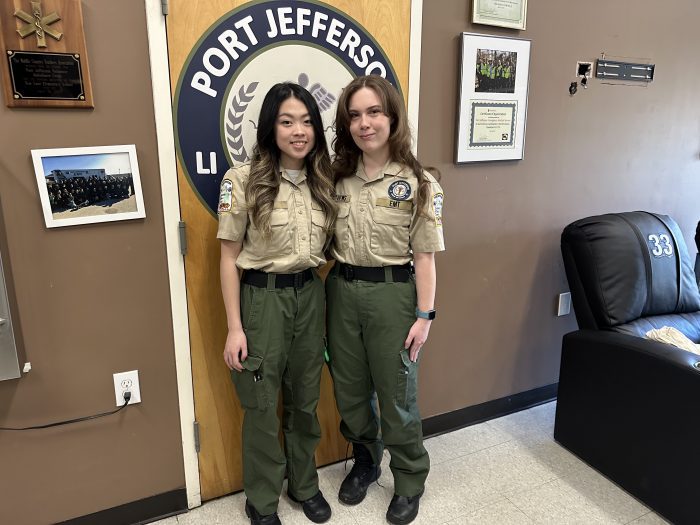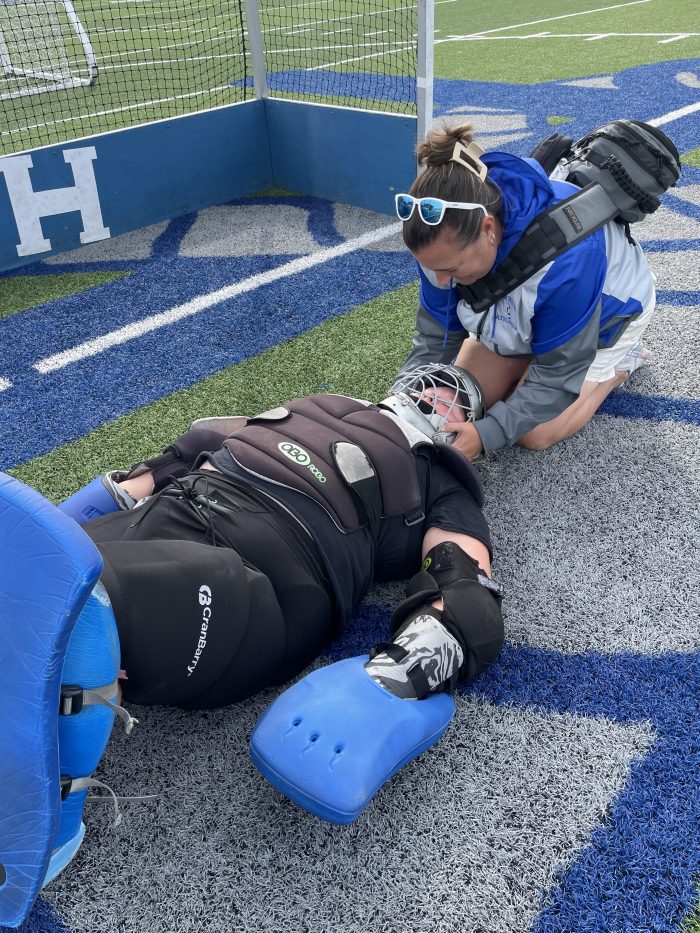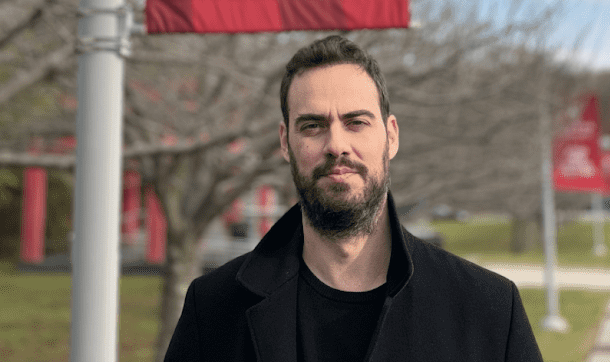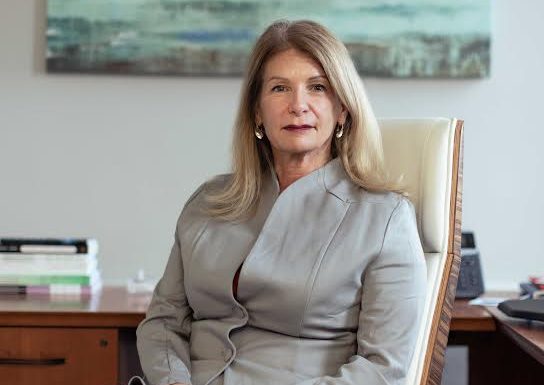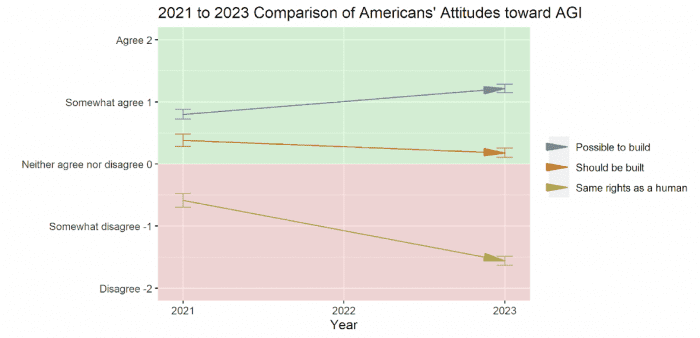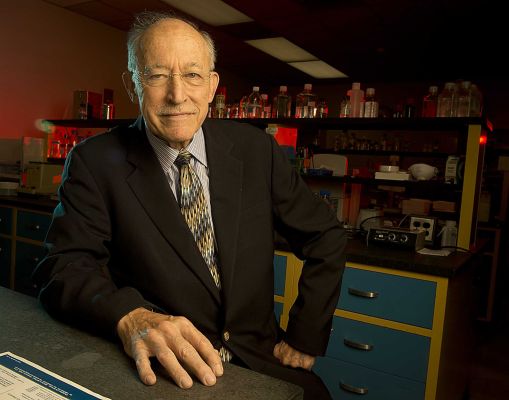By Daniel Dunaief
A former professional soccer player from Italy, Salvatore Capotosto recently experienced a different kind of pressure, this time in front of his wife and her parents.
Joining the rest of the Renaissance School of Medicine at Stony Brook University class of 2024, Capotosto awaited the countdown for Match Day to learn where he would serve his residency.
Capotosto, who already knew he’d matched with one of the hospitals on his list for an orthopedic surgery residency, opened the same kind of envelopes medical students around the country were opening at noon Eastern Standard Time.
After the countdown, Capotosto learned he matched with his first choice, Mt. Sinai Hospital in New York City.
“It’s a very great dream for us,” said Capotosto, referring both to the opportunity for him and his wife Federica Bove to live in the city and to the excitement his extended family in the small town of Itri felt. Reading where he was going was “an explosion of emotion.”
Capotosto and Bove shed tears of happiness as they pondered the next step in an American journey that began eight years ago when they started college at Midwestern State University in Wichita Falls, Texas. While Capotosto received medical training at Stony Brook, Bove earned her Master of Business Administration at Pace University.
The first member of his family to become a physician, Capotosto said he spent considerable time explaining the lengthy residency and matching process to his family.
“It doesn’t matter how many millions of times” he shared the medical steps with them, he said, “they will still ask” about the next steps.
Humble origins
The son of cafe owner Luigi, the future orthopedic surgery resident didn’t always set his sights on either a high-powered athletic career or on becoming an American doctor.
“I used to walk to school and stop at my dad’s cafe and eat a croissant and drink cappuccino for breakfast and I would scream that I didn’t want to go to school and that I wanted to work at the cafe,” Capotosto said. His father kicked him out of the cafe and told him to “go study.”
The Capotosto son said he learned his work ethic from his extended family, for whom work is a responsibility and a passion. Watching his father put time and effort into his work helped him put in 100 or more hours some weeks to meeting his responsibilities and mastering medical material.
Capotosto hasn’t been able to convince his father visit him in New York since he arrived on campus. This year, however, his parents booked a trip to see their son graduate.
Packages from home supported him through school and helped reduce the distance from his close family, who sent olives and olive oil every few months that were made from the 200 olive trees on his grandfather Pietro Mancini’s property.
A rising soccer star
Capotosto developed a passion for soccer when he first started playing the game at the age of six. He poured considerable energy into developing as a goalie.
He achieved considerable success, playing in front of crowds of over 4,000 people for professional and semi professional teams. In Naples, he trained with his idol, goalkeeper Morgan De Sanctis.
Capotosto was in the academy of the professional Napoli team for four years, including training with the first team.
When he played soccer, Capotosto suggested he was a “perfectionist,” honing his technique through hard work and preparation.
During his playing days, Capotosto sustained several injuries that took him off the field, including a scaphoid bone injury that ended his career.
Unsure of the next steps in his life, Capotosto appreciated not only the help and support of the doctors who came to his aid on the field, but also the career inspiration.
“I like to say that orthopedics saved my life,” Capotosto said. “Without the flame to push me to stand up and find a new purpose, I would have taken wrong turns in those dark moments. I’m really grateful to this field.”
Some of Capotosto’s mentors at Stony Brook, in turn, appreciate the considerable positive energy the former goalie brings to medicine and the way he relates to everyone from hospital staff to patients.
“He’s immediately disarming,” said Dr. James Penna, orthopedic surgeon and Chief of Sports Medicine at the Renaissance School of Medicine at Stony Brook University. “Even patients who are scared or who are dealing with pain” relax when they are around him.
Dr. Edward Wang, Chief of Shoulder/Elbow Surgery and Clinical Professor in the Department of Orthopedics at the Renaissance School of Medicine, recalled that he offered Capotosto the opportunity to shadow him in the operating room early in his medical school career.
Capotosto picked up the do’s and don’ts of the operating room quickly, while the members of the team recognized his dedication and commitment.
“The staff took a real liking to him immediately,” Dr. Wang said. “Orthopedics is lucky he chose” the field.
In the last few months, Capotosto, who is 29 years old, has reached several milestones. He and Bove received green cards in February, which allow them to live and work permanently in the United States. The couple, who met when Capotosto was 18, also got married on April 22 in Central Park. They are planning a religious ceremony in Italy in May at Bove’s childhood church.
Sports and medicine
The field of orthopedics has attracted athletes from numerous sports, as former competitors have turned their focus and dedication towards preparing for games to the challenging world of helping people recover from injuries.
“A large percentage of applicants have some sorts of sports background,” with numerous doctors sharing stories about injuries such as a torn anterior cruciate ligament or about a relative who received knee replacement surgery, said Dr. Penna, who was not a college athlete.
“We have a lot of former athletes in our program,” added Dr. Wang, who swam competitively in a Division 1 program at the University of Miami. “Athletes like orthopedics because of the physicality and definitive nature and the exposure in the past.”
While Dr. Wang suggested that a range of character-defining elements helped shape Capotosto, he added that the former soccer star’s injuries enhanced his ability to connect.
“Being on the other side [as a patient] gives you empathy,” said Dr. Wang.
While Capotosto enjoyed his time in soccer, he is pleased with the current chapter in his life.
“Playing was a great opportunity, but, I think being an orthopedic surgeon is way better from my standpoint right now,” he said. “I believe in the mission.”
The Stony Brook medical staff, meanwhile, believes in him.
“There will be a lot of disappointed attendees” when Capotosto leaves the school, said Dr. Penna. “The janitors knew who he was.”

